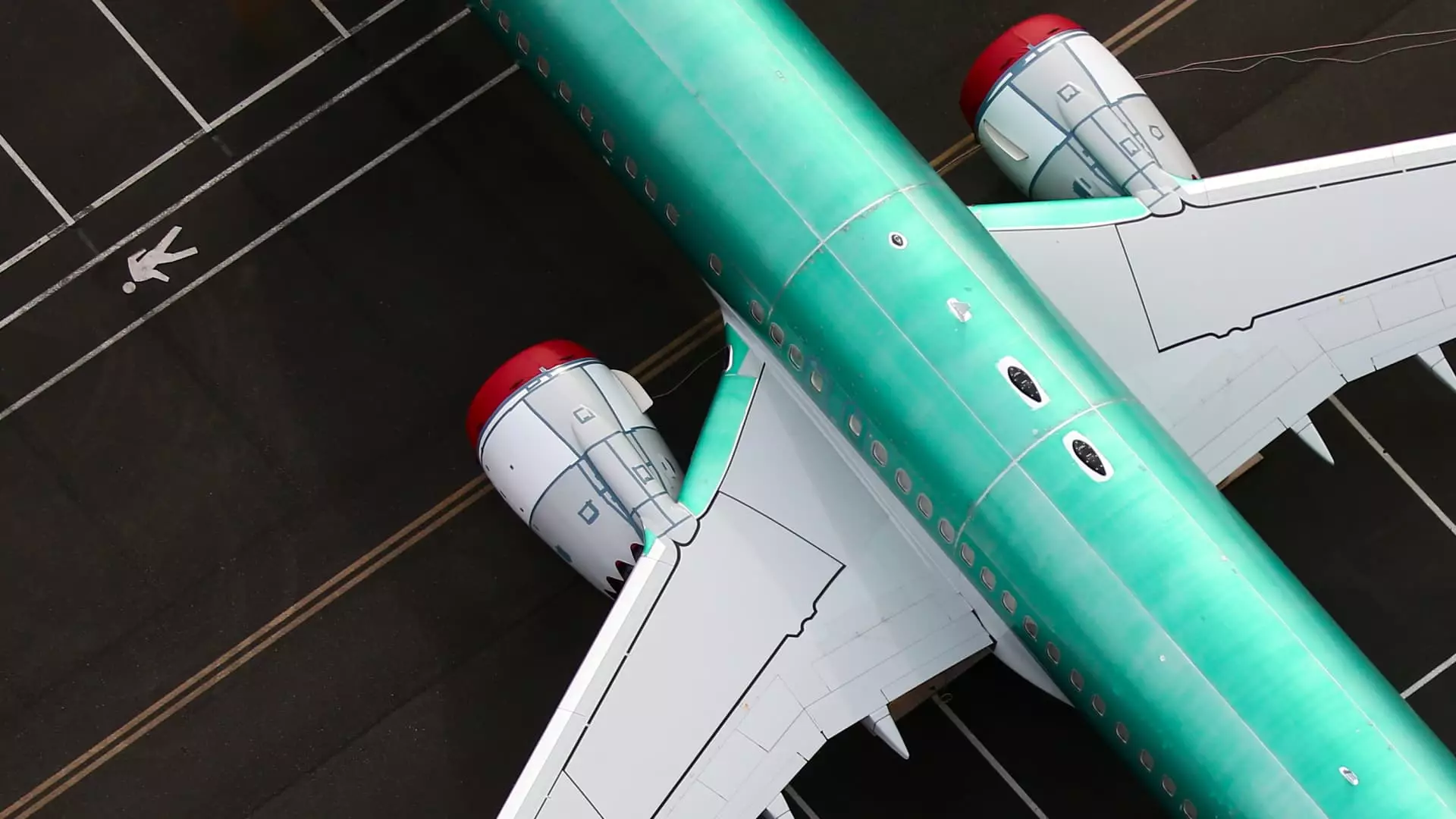Boeing has made headlines recently for all the wrong reasons. The fourth quarter is projected to end with an astonishing loss of approximately $4 billion, further deepening the manufacturer’s woes. This financial shortfall is part of a troubling trend, as the company hasn’t seen an annual profit since 2018. Analysts had anticipated better performance, estimating revenue around $15.2 billion, yet Boeing fell short of these expectations, reflecting a company grappling with multiple crises.
Compounding these financial difficulties is a series of operational setbacks that have plagued Boeing at the start of 2024. The company began the year under intense scrutiny following a critical incident wherein a door plug blew out midair. This incident not only incited anger and concern among consumers but also triggered renewed regulatory scrutiny, impacting the delivery timelines of new aircraft. Such safety-related crises can severely damage a corporation’s reputation, but in Boeing’s case, it layers on top of the previous fallout from the tragic crashes that occurred in 2018 and 2019.
In addition to safety concerns, a significant labor strike has exacerbated Boeing’s challenges. Ending in November, this nearly two-month-long strike halted the majority of the company’s commercial airplane production in the Puget Sound area, resulting in delayed contracts and significant labor costs. While an agreement with the International Association of Machinists (IAM) was reached, it came at the cost of a projected $1.1 billion charge associated with its 777X and 767 programs.
Despite these alarming circumstances, Boeing is making concerted efforts to stabilize its operations. CEO Kelly Ortberg noted strides towards improving their balance sheet, including a proactive capital raise that garnered over $20 billion aimed at boosting liquidity during these turbulent times. Yet, these measures often feel like band-aids on deeper systemic issues. With a cash burn rate of $3.5 billion during the last quarter, it raises the question—how long can the company sustain such financial hemorrhaging?
Boeing’s challenges also extend to its defense operations, where it anticipates pretax charges amounting to approximately $1.7 billion stemming from ongoing issues with the KC-46A tanker and delays affecting the new Air Force One aircraft. Furthermore, the company faces disheartening figures from its flagship commercial airplane unit, projected to report revenues of merely $4.8 billion, coupled with a staggering negative operating margin of almost 44%.
As 2024 unfolds, the future seems uncertain for Boeing, marred by operational inefficiencies, safety concerns, and labor disputes. The question looms large: can Boeing navigate through its current turbulence to regain stability and confidence from both stakeholders and consumers alike? Only time will tell if the company can truly rebound from such profound setbacks.


Leave a Reply